Explore the best places
Heritage in Portugal
Castro de São Lourenço
- heritage
Rua de São Lourenço
4740-001, Esposende
Protohistoric fortified settlement consisting of three lines of walls, denoting several construction phases. It was occupied in the Chalcolithic period, in the 3rd century BC; then, continuously, from the 5th century BC until the 5th/6th century AD; and later, from the 12th century to the 14th century, when a small castle was built.
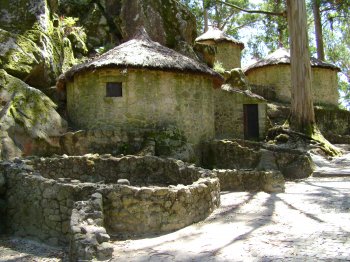
Igreja da Misericórdia de Esposende
- heritage
Largo do Município
4740-223, Esposende
Temple built in the 16th century, where the valuable contents stand out. Inside, the Chapel of Nosso Senhor dos Mareantes is worth mentioning, with carvings and imagery from the 16th and 17th centuries, some panels illustrating episodes of the Passion of Christ and, in the vault, polychrome relief representations of a popular nature.
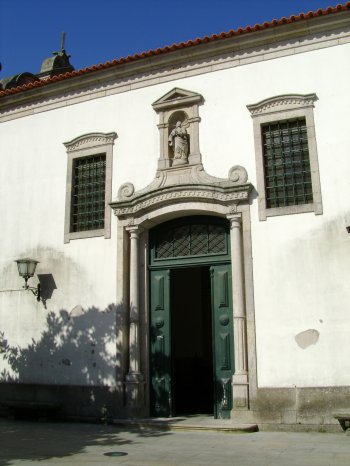
Conjunto de Moinhos da Apúlia
- heritage
Avenida Marginal de Cedovém
4740-031, Esposende
Set of five typical windmills, located in the dunes of Apúlia beach. They are made up of a circular plan, all made of schist and granite.

Quinta da Malafaia - Arraial Minhoto
- heritage
Rua da Poça Mansa
4740, Esposende
This space organizes Minho festivals, every Saturday, between June and November, from 8pm to 1am. End of year and carnival parties also take place here. It operates on a fixed price basis with all-you-can-eat regional food and entertainment provided by Portuguese popular music bands.

Forte de Esposende / Castelo de São João Baptista
- heritage
Avenida Engenheiro Eduardo Arantes e Oliveira
4740-204, Esposende
Bastioned fortress built at the end of the 17th century and beginning of the 18th century by Dom Pedro II. It was part of the defensive plan of the Portuguese coast and aimed to protect the entrance to the Cávado River. It has a rectangular plan and at each angle there is a bastion and a guardhouse. Between the walls, which are quite ruined, the Lighthouse Tower stands out.
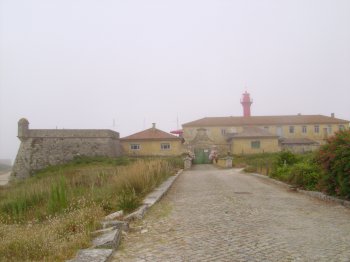
Museu Municipal de Esposende
- heritage
Rua Rodrigues Faria
4740-288, Esposende
Former Teatro Club, a building designed by architect Miguel Ventura Terra in 1908 and opened in 1911, this museum focuses mainly on two areas: ethnography and history. It features an Ethnography and Material Culture room, an Archeology and History room and the Azulejos room, where temporary exhibitions are held.
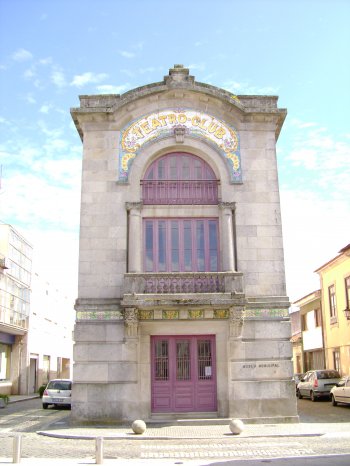
Edifício da Sociedade Filarmónica Recreativa de Ferreira do Alentejo
- heritage
Rua do Conselheiro Júlio de Vilhena, 20
7900-599, Ferreira do Alentejo
Building with a beautiful treatment of carved stonework with an eclectic taste. There is a notable difference between the richly crafted exterior and the interior poverty.
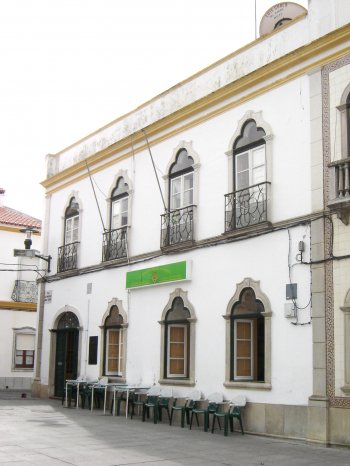
Biblioteca Municipal de Ferreira do Alentejo
- heritage
Rua do Conselheiro Júlio de Vilhena, 5
7900-599, Ferreira do Alentejo
Space with a vast documentary collection.
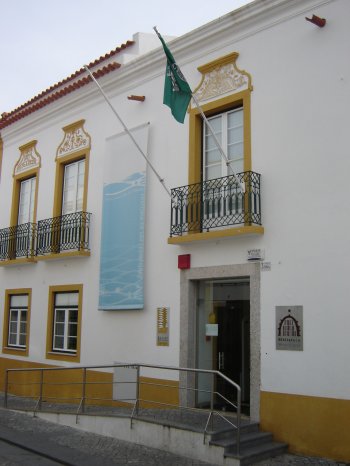
Paços Municipais de Ferreira do Alentejo
- heritage
Praça Comendador Infante Passanha, 5
7900-571, Ferreira do Alentejo
Dwelling house following the traditional standards in the region: the ground floor intended to support agricultural activity and the upper floor intended for housing. A highlight is the wide variety of decorative elements, such as tile paneling and mural paintings.
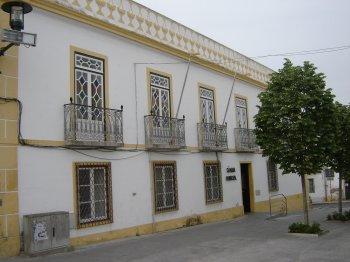
Ponte Romana de Alfundão
- heritage
Largo Inocêncio Ventura, 10
7900-017, Alfundão
Beautiful example of a rustic bridge, of small dimensions, inserted within the perimeter of Miróbriga Archaeological station.
